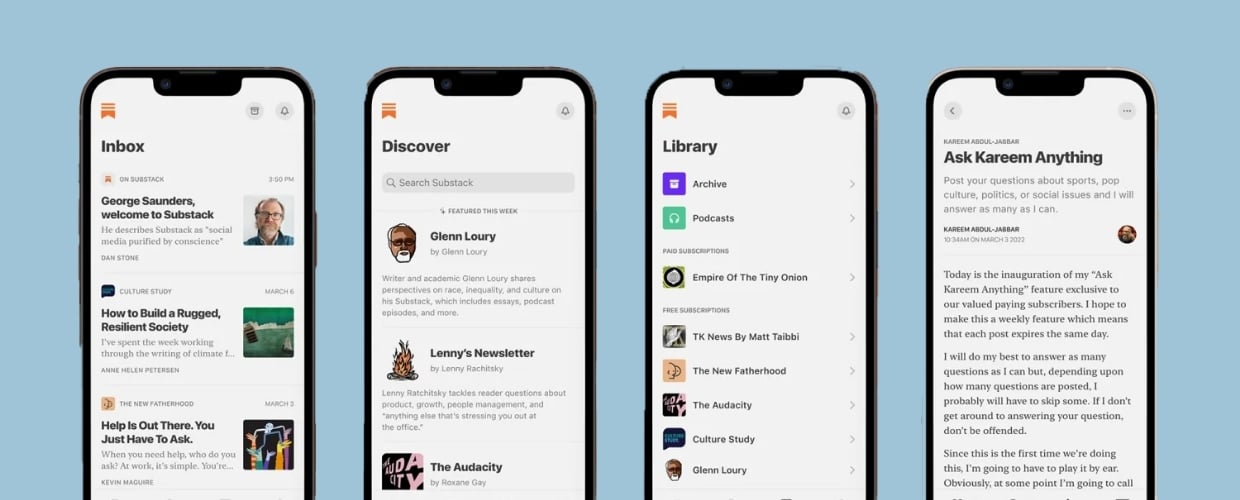While paid, owned, and earned media each play a vital role in the execution of a successful public relations campaign, many professionals credit the latter with going the extra mile in advancing brand perception and relevance.
Earned media is not secured through payment or operated by the brand itself – rather, it is organic coverage that is written and published by a credible 3rd party media outlet or platform and is usually the result of a great story, well told. s.
Earned media coverage can be a valuable tactic to shift public perception of a brand. On top of establishing credibility, these stories can help boost a client’s relevancy to a particular topic or narrative.
So – how should your brand go about exploring earned media opportunities? While the media landscape is competitive as ever and the path to earning a spot looks different for everyone, there are a few key things to consider along the way.
Find a great story – and tell it well
Whether you’re working with an internal team of media relations specialists or collaborating with an agency partner (that’s us!), the path to earning organic media placements requires a great story. Simply boasting the fact that you have news to share is not going to get the job done – you need a hook that will grasp attention, convince people to care, and provoke them to remember.
Your storytelling efforts should never begin and end with a press release. While it may be one useful tool in your arsenal, a good storyteller will go much deeper. In the case of a new product or service announcement for example consider what else you can do to set your story apart by asking yourself the following:
- How did this new product or technology come to be? Is there some novel innovation story behind it?
- What’s new or interesting about this? Why is it different than anything that’s been out there before?
- Where and how will you make this announcement? What are the dominating news events or narratives among your audience?
- Why do people need this? What problems is it solving?
- What data do you have to support your story? What have been the reactions from early users or clients?
- Is there an executive you can offer up as a source to give perspective? What about an engineer who has some fascinating account of accidentally coming up with the concept?
- If it’s a physical product, you might grant an opportunity for a reporter to use it – unbox it, feel it, try it out – which could ideally inspire a product review. If you’re unveiling a new IoT solution, you may be opening yourself up to debate surrounding the level of privacy, security, and compatibility with this new piece of technology. There are so many directions you can take your foundational story in, and the press release is woefully unprepared to do all of that exploring for you.
Once you’ve identified a story worth telling, you must make sure it’s falling on the right ears. Be smart and strategic about which media outlets you target – who is going to be interested in this story, and where can you meet them?
From here, you can further zero in on your desired audience by tailoring your story to appeal to whoever it gets in front of. After all, the version of your story that fits the bill at a trade publication like Automotive News isn’t as likely to speak to viewers of The Today Show in the same way – but it’s very possible both audiences could be receptive to the right angle.
Foster and nurture relationships within the media
Contrary to popular belief, relationships are not everything, but they can make a difference in securing earned media placements. Even if you have a really great story, it could be skipped over if you don’t have the right connections in your corner.
When a media relations professional has established a foundation of mutual respect and credibility with a reporter, facilitating conversations surrounding a new story idea is far easier. You already have a general understanding of their work process – you know which stories will catch their eye, what they’ll be looking for in terms of sourcing, when their print deadlines are, etc.
The best communicators have a knack for making new friends. Don’t be afraid to throw out a well-researched cold pitch when you feel confident enough in the story and in the relevancy it holds with the reporter in question.
Use earned coverage for all it’s worth
So you’ve placed the story – now what? Once your team is through with jumping up and down and exchanging high fives, it’s time to figure out how to amplify that piece of coverage so it truly works for your brand as hard as it can.
Social media targeting is one great method for making sure a piece of coverage from a niche publication reaches the right people. Applications like Google Analytics allow you to evaluate how an article is performing through various metrics, which can offer insight on who the story is reaching and how.
Sales teams should have the story in their back pockets, readily available to be shared with existing customers and leads.
These are just a few methods for extending the life cycle of a piece of earned coverage – and they can also provide your team with valuable insight that can inform future story angles.
As you begin planning your content development for 2023, Airfoil wants to help you establish the right strategy for your brand. Connect with us today to make sure your media strategy will set you up for success.





